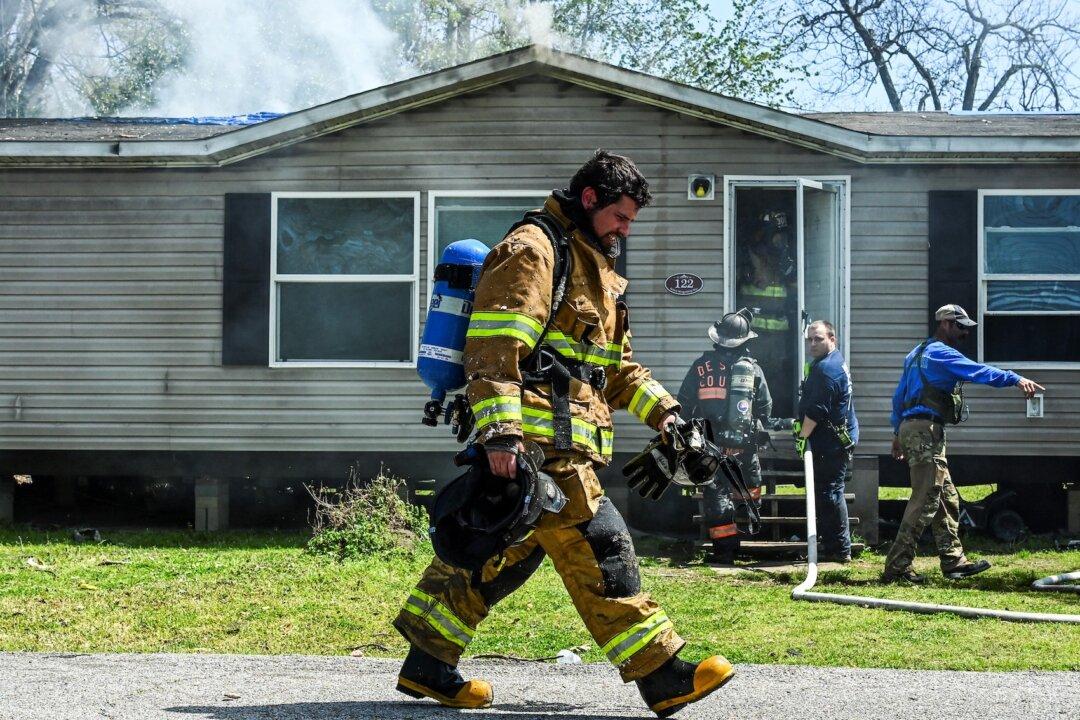The International Association of Fire Fighters (IAFF) each year pays tribute to hundreds of fallen firefighters nationwide who lost their lives in the line of duty.
The 2023 Fallen Fire Fighter Memorial ceremony on Sept. 16 in Colorado Springs, Co., will honor 574 men and women who died or whose names were submitted to the IAFF between Jan. 1, 2021, and Dec. 31, 2022.





